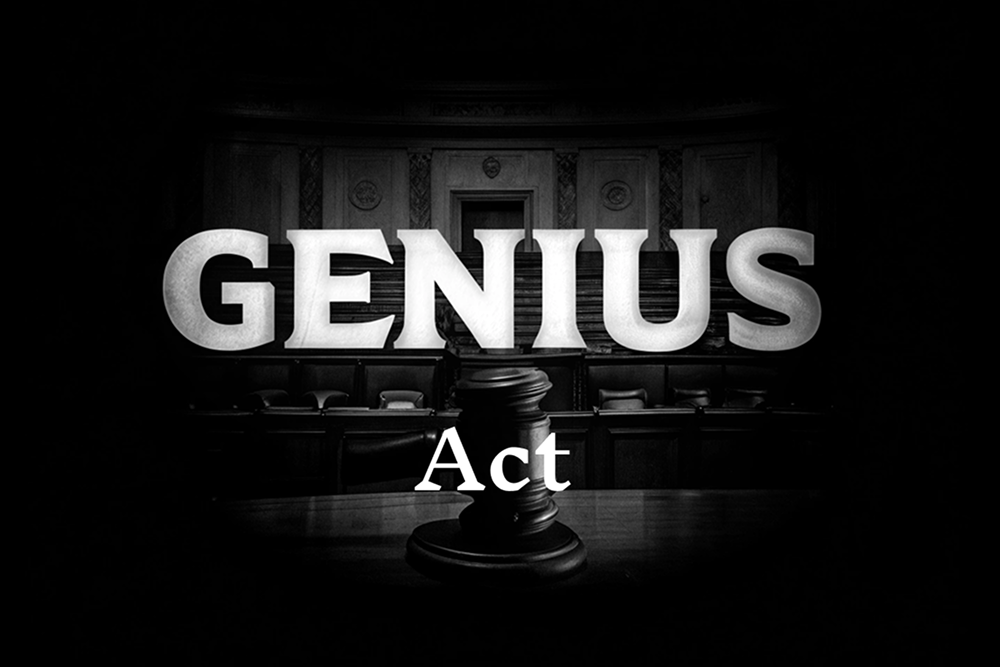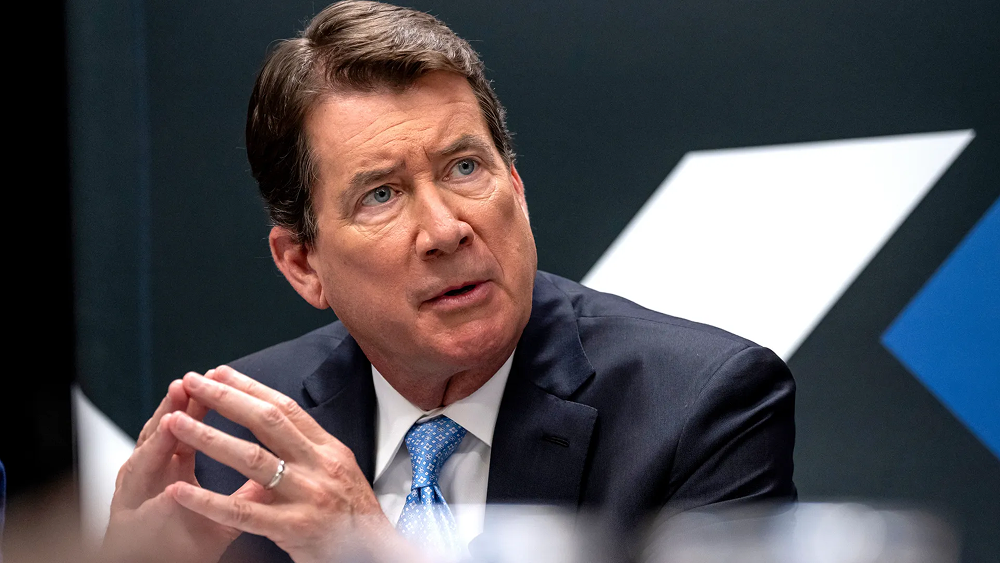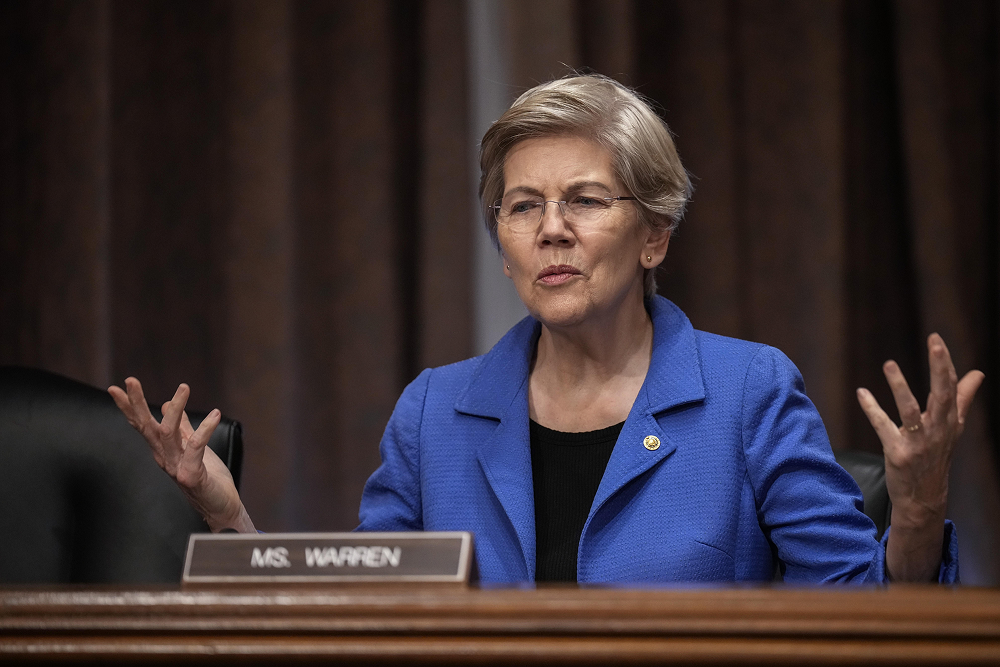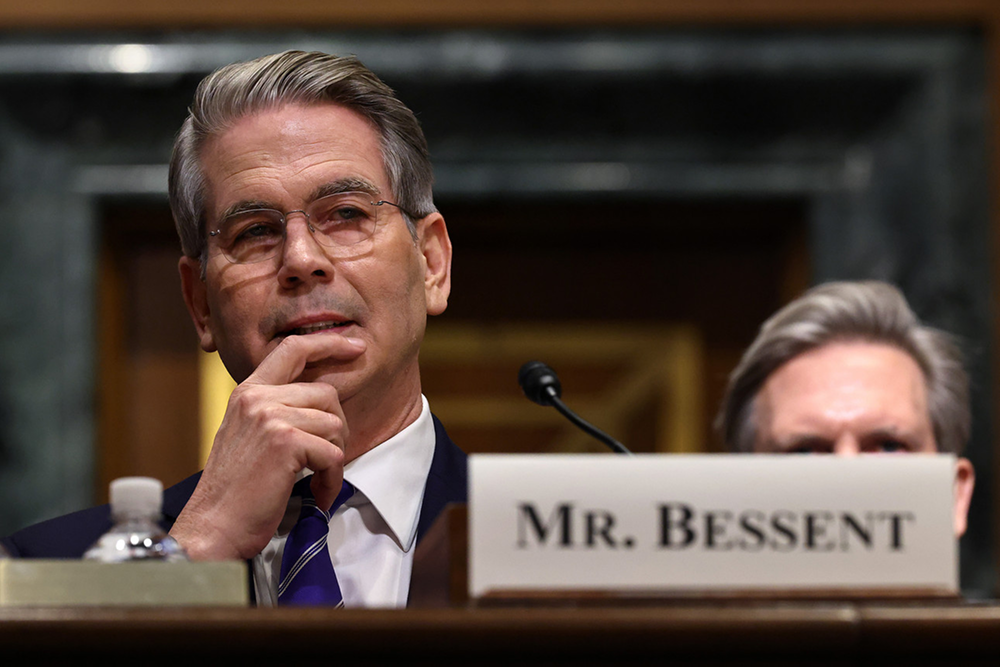On June 18, 2025, according to Politico, the U.S. Senate overwhelmingly passed the landmark "Guidance and Establishment of the U.S. Stablecoin National Innovation Act" (GENIUS Act) with a vote of 68 in favor and 30 against. This bill, led by Republican Senator Bill Hagerty from Tennessee, represents the first comprehensive regulatory reform attempt for cryptocurrencies in the U.S., aiming to create a clear federal regulatory framework for U.S. dollar stablecoins.
Amid rare bipartisan cooperation and sharp accusations against the Trump family's interests, the passage of this bill not only signals the beginning of a new era of compliance for the stablecoin market but is also seen as a key step in the U.S. intention to dominate global digital asset rules and extend the digital hegemony of the dollar.

Navigating Compromise and Accusations: The Birth of a Bill
The journey of the GENIUS Act is a script filled with political maneuvering and critical compromises.
On February 4 of this year, Congressman Hagerty, along with bipartisan colleagues, officially introduced the bill, with a clear core demand: requiring stablecoin issuers to hold high-liquid assets (such as U.S. dollars or short-term government bonds) in a 1:1 ratio as reserves, and mandating strict anti-money laundering (AML) and consumer protection standards to fill the regulatory void.

On March 13, the bill passed its initial review in the Senate Banking Committee with a vote of 18 to 6, with five Democratic senators crossing the aisle to support it, marking the first indication of bipartisan consensus on the stablecoin issue. However, the real storm focused on the cryptocurrency project World Liberty Financial (WLFI) and its USD1 stablecoin, associated with former President Trump's family.
On May 8, the bill faced procedural setbacks in the Senate. The opposition, led by Senator Elizabeth Warren, sharply criticized the bill, arguing that it would provide a "legitimate cover" for WLFI's rapid expansion, potentially fostering "corruption" and opening a backdoor to evade international sanctions.

To break the deadlock, the bill underwent several key revisions in May: stricter anti-money laundering provisions were added, an independent "Stablecoin Certification Review Committee" was established, and clear restrictions were placed on Big Tech's involvement in stablecoin issuance. These adjustments aimed at "clearing the minefield" ultimately garnered support from moderates, paving the way for the final vote on June 17. On that day, as many as 18 Democratic senators stood alongside Republicans to send the bill out of the Senate. Hagerty asserted before the vote, "This bill will modernize the U.S. payment system and bring the U.S. one step closer to becoming a global leader in cryptocurrency."
“The Digital Future of the Dollar”: The Treasury's Grand Narrative and New Demand for U.S. Debt
The public support from U.S. Treasury Secretary Scott Bessent for the bill's passage reveals deeper national strategic intentions behind it.

Bessent pointed out on social media that the stablecoin market is expected to grow to an astonishing $3.7 trillion by 2030. He believes that the passage of the GENIUS Act will systematically promote the "U.S. debtification" of stablecoin reserves. A massive stablecoin ecosystem fully backed by U.S. Treasury bonds would not only significantly strengthen the dollar's position as the global reserve currency but also create a new, large pool of demand for U.S. debt originating from the private sector, effectively lowering government borrowing costs and aiding in controlling the ever-growing national debt.
This is a clever "win-win" design: stablecoins gain the endorsement and credit of the state, while the U.S. Treasury benefits from a stable and growing source of funds. Given that the global stablecoin market has already surpassed $250 billion, with monthly trading volumes reaching $700 billion, the strategic value of this layout is self-evident.
Capital Votes with Its Feet: Industry Cheers and Global Regulatory Coordination
The legislative breakthrough quickly transmitted to the market. Circle CEO Jeremy Allaire praised the bill as providing a "safe harbor for stablecoin innovation" and predicted it would solidify the dominance of the U.S. dollar stablecoin in global payments. Tether CEO Paolo Ardoino also believed that clear regulations would attract more institutional capital into the market.
The capital market provided the most direct response: the day after the bill's passage, Circle's parent company's stock surged 168.5% on its first day of trading, and related stocks generally rose, significantly boosting market confidence.

Globally, the U.S. legislative process has formed regulatory coordination with major economies. The EU's MiCA regulation has been fully implemented, and Hong Kong has also passed the "Stablecoin Regulation Draft." The gradual formation of a global regulatory framework indicates that the era of wild growth for stablecoins is coming to an end.
The "Shadow" of Trump: An Unshakeable Controversy
Despite the successful passage of the bill, the controversy surrounding it has not dissipated. The Trump family's USD1 stablecoin has expanded from $128 million at the end of April to an astonishing $2 billion, remaining the focal point of opposition attacks.
Senator Warren warned that the bill fails to effectively address potential conflicts of interest. The consumer advocacy organization Public Citizen went so far as to say that the bill paves the way for "the largest corruption in presidential history." This "shadow" will undoubtedly continue to accompany the bill into the next stage of deliberation.
Conclusion: A Watershed Moment, but the Outcome is Uncertain
The passage of the GENIUS Act in the Senate marks a watershed moment in the history of U.S. cryptocurrency regulation, but it is far from the final chapter. It clearly presents a complex picture: on one side is a bipartisan national strategic consensus aimed at maintaining dollar hegemony and financial innovation; on the other side is a partisan defense rooted in realpolitik, filled with intense battles over interests.
Next, the bill will face deliberation in the House of Representatives and the final signature from the President. There remain differences between the two chambers, and the debate surrounding Trump's conflict of interest is sure to resurface. The ultimate fate of this bill will not only define the digital asset rules of the world's largest economy but will also reveal whether a traditional financial empire ultimately chooses to embrace, incorporate, or tame the wave of decentralization. The game has begun, but who will emerge victorious remains uncertain.
免责声明:本文章仅代表作者个人观点,不代表本平台的立场和观点。本文章仅供信息分享,不构成对任何人的任何投资建议。用户与作者之间的任何争议,与本平台无关。如网页中刊载的文章或图片涉及侵权,请提供相关的权利证明和身份证明发送邮件到support@aicoin.com,本平台相关工作人员将会进行核查。




